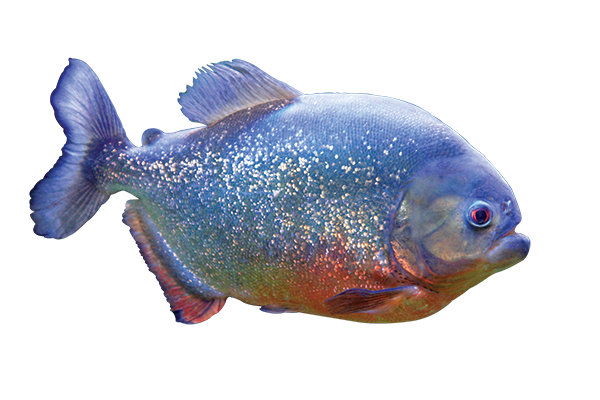
Baby Piranha Care: A Comprehensive Guide for Hobbyists
Introduction
Piranhas, renowned for their formidable reputation as apex predators, have captivated the fascination of aquarists worldwide. While their aggressive nature may deter some, the allure of these enigmatic creatures continues to attract hobbyists seeking a unique and challenging aquarium experience. Baby piranhas, in particular, present a unique opportunity to observe and nurture these fascinating fish from their most vulnerable stage.
Selecting the Right Species
The first step in baby piranha care is selecting the appropriate species. While there are over 50 known piranha species, only a handful are suitable for home aquariums. The most popular choices for hobbyists include:
- Red-bellied Piranha (Pygocentrus nattereri): The most common piranha species in the aquarium trade, known for its distinctive red belly and aggressive behavior.
- Black Piranha (Serrasalmus rhombeus): A larger and more aggressive species, with a black body and sharp, serrated teeth.
- Spotted Piranha (Pygocentrus punctatus): A smaller and less aggressive species, with a spotted pattern on its body.
Aquarium Setup
Baby piranhas require a specialized aquarium environment to thrive. Here are the key considerations:
- Tank Size: A minimum tank size of 55 gallons is recommended for a group of baby piranhas. As they grow, they will require a larger tank.
- Water Parameters: Piranhas prefer warm, acidic water with a pH between 5.5 and 7.0. The temperature should be maintained between 75-82°F (24-28°C).
- Filtration: A powerful filtration system is essential to maintain water quality. A canister filter or a combination of mechanical and biological filters is recommended.
- Substrate: Piranhas prefer a sandy or gravel substrate. Avoid sharp or jagged materials that could injure their delicate fins.
- Decorations: Provide plenty of hiding places, such as caves, plants, and driftwood. Piranhas are territorial and require ample space to establish their own territories.
Feeding
Baby piranhas are voracious carnivores. They require a diet consisting primarily of live or frozen foods, such as:
- Bloodworms: A staple food for baby piranhas, rich in protein and nutrients.
- Brine Shrimp: A smaller food source, suitable for younger piranhas.
- Small Fish: As they grow, baby piranhas can be fed small live fish, such as guppies or tetras.
- Insects: Live or freeze-dried insects, such as crickets or mealworms, provide variety and enrichment.
Feed baby piranhas small amounts several times a day. Avoid overfeeding, as this can lead to water quality issues.
Water Changes
Regular water changes are crucial for maintaining water quality and preventing disease. Perform weekly water changes of approximately 25-30%. Use a gravel vacuum to remove waste and debris from the substrate.
Health and Disease
Baby piranhas are generally hardy fish, but they can be susceptible to certain diseases. Common health issues include:
- Bacterial Infections: Treat with antibiotics prescribed by a veterinarian.
- Fungal Infections: Treat with antifungal medications.
- Parasites: Treat with anti-parasitic medications.
Growth and Development
Baby piranhas grow rapidly. They can reach a size of 2-3 inches within the first year. As they mature, their behavior will become more aggressive. It is important to provide them with ample space and hiding places to minimize territorial disputes.
Handling and Safety
Piranhas are not typically handled, as they can be aggressive and have sharp teeth. If handling is necessary, use a net or gloves to protect your hands. Never put your fingers in the aquarium with piranhas.
Conclusion
Baby piranha care requires a specialized approach and a commitment to providing a suitable environment. By following the guidelines outlined in this article, hobbyists can successfully raise and nurture these fascinating creatures. Remember, piranhas are not for the faint of heart. They are a challenging and potentially dangerous species that should only be kept by experienced aquarists. With proper care and respect, baby piranhas can provide a unique and rewarding aquarium experience.
